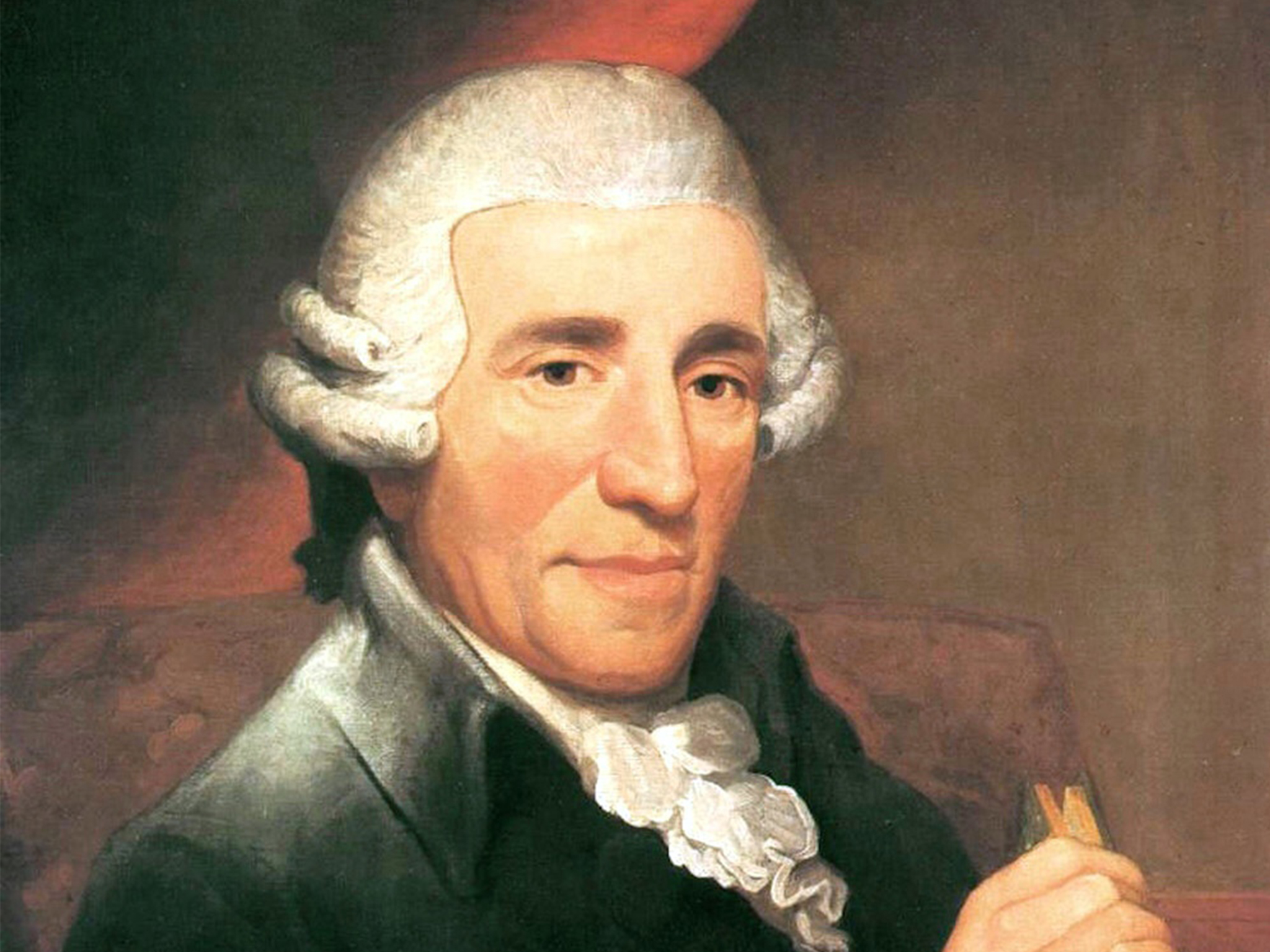Joseph Haydn’s Cello Concerto No. 1 in C major, Hob. VIIb:1, stands as one of the most remarkable rediscoveries in classical music history. Composed around 1761–1765, during Haydn’s early years as Vice-Kapellmeister at the court of the Esterházy family, the concerto showcases the elegance, charm, and innovation that would define his prolific career. However, for nearly two centuries, the work was believed lost—until a stunning turn of events in the 20th century brought it back into the spotlight.
Composition and Context
Haydn wrote the Cello Concerto No. 1 for Joseph Franz Weigl, a virtuoso cellist in the Esterházy orchestra. The composition was likely intended to highlight Weigl’s extraordinary technical skills while also providing an engaging musical experience for the court’s audience. At the time, the cello was just beginning to emerge as a solo instrument in its own right, and Haydn’s concerto played a significant role in its elevation.
The concerto is structured in three movements:
- Moderato – Bright and confident, this opening movement combines lyricism with brisk energy.
- Adagio – A tender, introspective middle section that allows for expressive phrasing and deep emotional resonance.
- Allegro molto – A lively, dance-like finale that demands agility and precision from the soloist.
Each movement is a testament to Haydn’s early mastery of orchestration and form, blending Baroque influences with the stylistic developments of the Classical era.
The Lost Work
After its initial performances, Cello Concerto No. 1 faded from public memory. Though it was listed in Haydn’s own catalog and mentioned in 19th-century documents, no manuscript or printed copy seemed to survive. Musicologists long assumed that the piece had been lost, possibly due to the frequent reshuffling and eventual dispersal of the Esterházy music library.
Rediscovery in 1961
In 1961, Czech musicologist Oldřich Pulkert made a groundbreaking discovery at the Prague National Museum. Among a collection of old music manuscripts, he found a complete set of orchestral parts for a cello concerto in C major bearing Haydn’s name. Careful analysis confirmed the authenticity of the work, and soon after, it was officially identified as the long-lost Cello Concerto No. 1.
Its modern premiere took place in 1962, with Czech cellist Miloš Sádlo performing the solo part and Sir Charles Mackerras conducting. The performance was met with tremendous enthusiasm, and the concerto quickly gained a place in the standard cello repertoire.
Legacy and Impact
The rediscovery of Cello Concerto No. 1 not only expanded Haydn’s catalog of known works but also significantly enriched the cello’s concerto literature. Today, the piece is admired for its clarity, brilliance, and refined Classical style. It is frequently performed by cellists worldwide and is a staple in conservatories and concert halls alike.
For modern listeners, the concerto offers a unique glimpse into Haydn’s early creative mind and the vibrant musical world of 18th-century Europe. It stands alongside his Cello Concerto No. 2 in D major as a cornerstone of Classical cello music and a shining example of Haydn’s genius.


Comments are closed